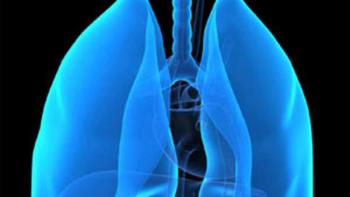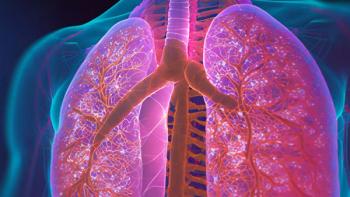
Tips for Combating Lymphedema After Breast Cancer
Key Takeaways
- Choosing the right seat can help protect the arm and allow for periodic elevation without disturbing others.
- Compression sleeves should be in optimal condition; elasticity can degrade over time, necessitating replacements.
With proper precautions, international travel and safeguarding an arm with lymphedema are possible. Always prioritize your health and seek medical advice.
One thing I lost my nerve for after treatment for breast cancer, especially with the development of lymphedema even before treatment was complete, was international travel. While I would fly a few hours to visit with my son, using a compression sleeve and other precautions, fears of long flights gave me pause. Many years passed as I declined opportunities to go abroad.
Perhaps I was spooked by a woman who told me her lymphedema was exacerbated to a point of no return after a long international flight. Of course, that could just have been a coincidence, but the message stuck in my mind. While managing an earlier stage, I talked myself out of making the effort to enjoy life fully, even spending the money I had saved over the years for a special post-retirement trip on home improvement instead.
Then, this year, a lifelong friend invited me to join her and a few others for a hiking trip in the highlands of Scotland, the place I had hoped to go to celebrate retirement. I knew that if I could not say “yes” to this friend, I would never muster the courage to go anywhere. Thus, the plans began to unfold. This month, I flew off for a transformative experience hiking and learning about flowers and birds and environmental concerns while being with kindred spirits in magnificent landscapes.
Here, instead of going on and on about the wonders of the highlands of Scotland, I will share some tips for those like me who might be hesitant to travel abroad with lymphedema. My experience was good, although there are a few things I might have done differently:
First, think about the seat you choose when booking travel. I prefer a seat that allows me to protect my arm from bumps and to raise my arm over my head periodically without disturbing a seatmate. When booking, one leg had me in the middle, but I was able to switch to an aisle before flying.
Second, be sure the compression sleeve you use for travel is in optimal condition. For routine use, I use a 20 to 30 mmHg (millimeter of mercury; a unit of pressure) and upgrade those as needed. En route, I realized that my 30 to 40 mmHg compression sleeve reserved for flying felt looser than I liked. While I had lost some weight since I bought this travel sleeve, my son later suggested that elasticity in such garments can be lost over time. I decided not to fret about the sleeve but vowed to get a new one when I got back home.
Third, consider whether you want to wear your sleeve during security checks. I usually put mine on after, as wearing one can flag us for additional screening. Rushing during the trip home to make a connection, I did not take it off, which meant I got a special screening during which the attendant thumped my arm. (When I began my journey, my mastectomy site also got a courteous pat-down!)
Fourth, take a water bottle to fill once you are allowed to. Drink that water, and drink all water offered on the flight. Staying hydrated is essential. Another plus is that you will get up from your seat to move to the restroom more often, which is good when sitting in a restricted space for a long period of time.
Fifth, care for your arm on your trip, being sure to take the potions you need, including a good lotion and an antibiotic cream. My lotion took up the most space in my quart-sized container of liquids allowed on the flights. While I used it on the trip as I massaged my arm, I think I could have used it more often. The antibiotic was a precaution that I fortunately never needed.
Sixth, water is important not just for drinking but also for running it over your arm to get a soft massage and to cool your arm. I will never forget the first time I flew to see my son. A woman in the bathroom saw me putting on my sleeve and told me her doctor had suggested running cool water over her arm in the bathrooms during travel. That was good advice.
Seventh, dress appropriately in order not to overheat and yet also to protect your arm from the sun. I took multiple layers. Lately I am fond of natural wool against my skin through all seasons. On this trip, I also took two long-sleeved nylon shirts that hikers tend to turn to for sun protection. Sun protection is always key.
Eighth, likely I left something out. What works for you?
Finally, when you return home, check it thoroughly and pamper your arm. When I was distracted by shooting pains, this sensation reminded me to self-massage and to get on my exercise bike with movable handles to stretch.
For more news on cancer updates, research and education, don’t forget to





